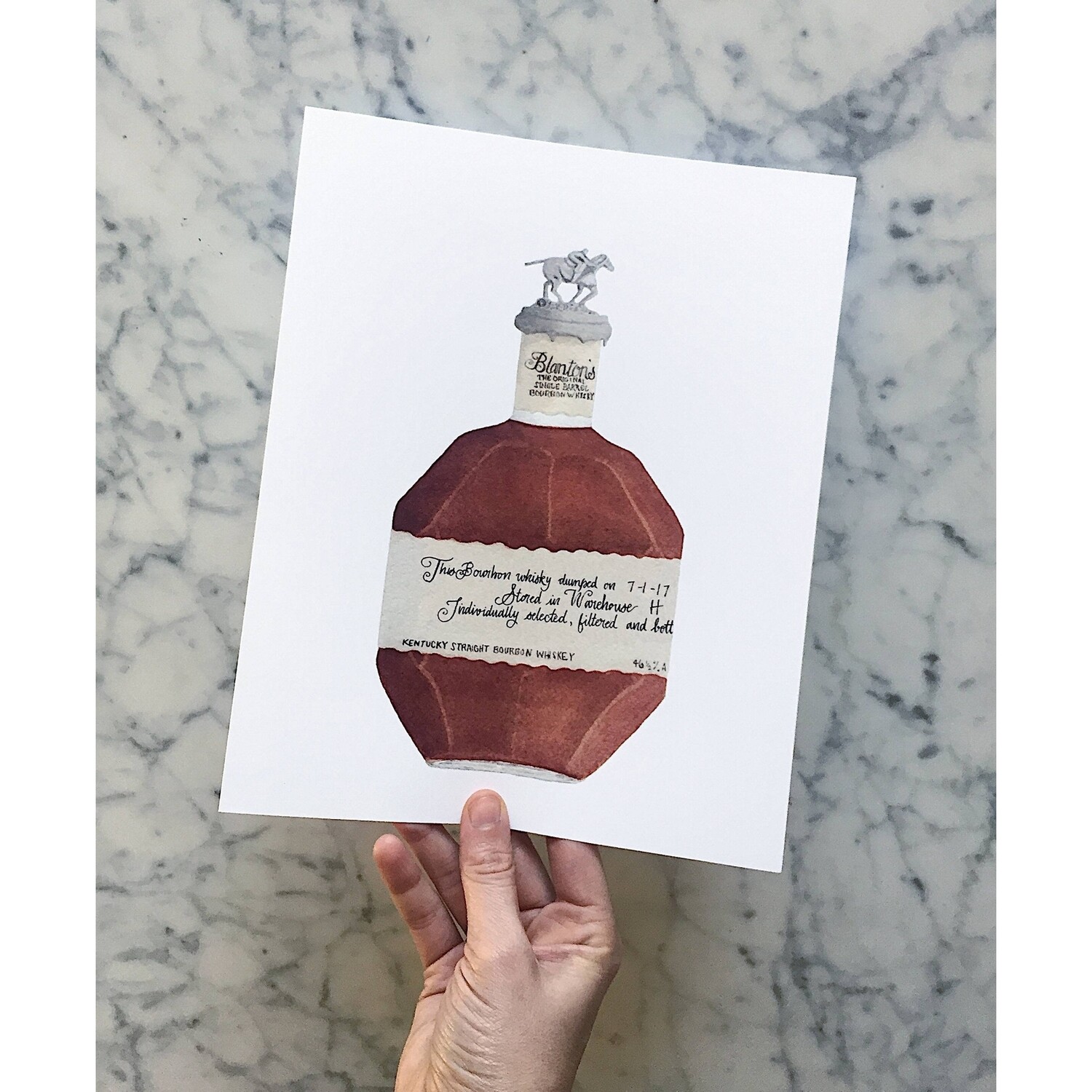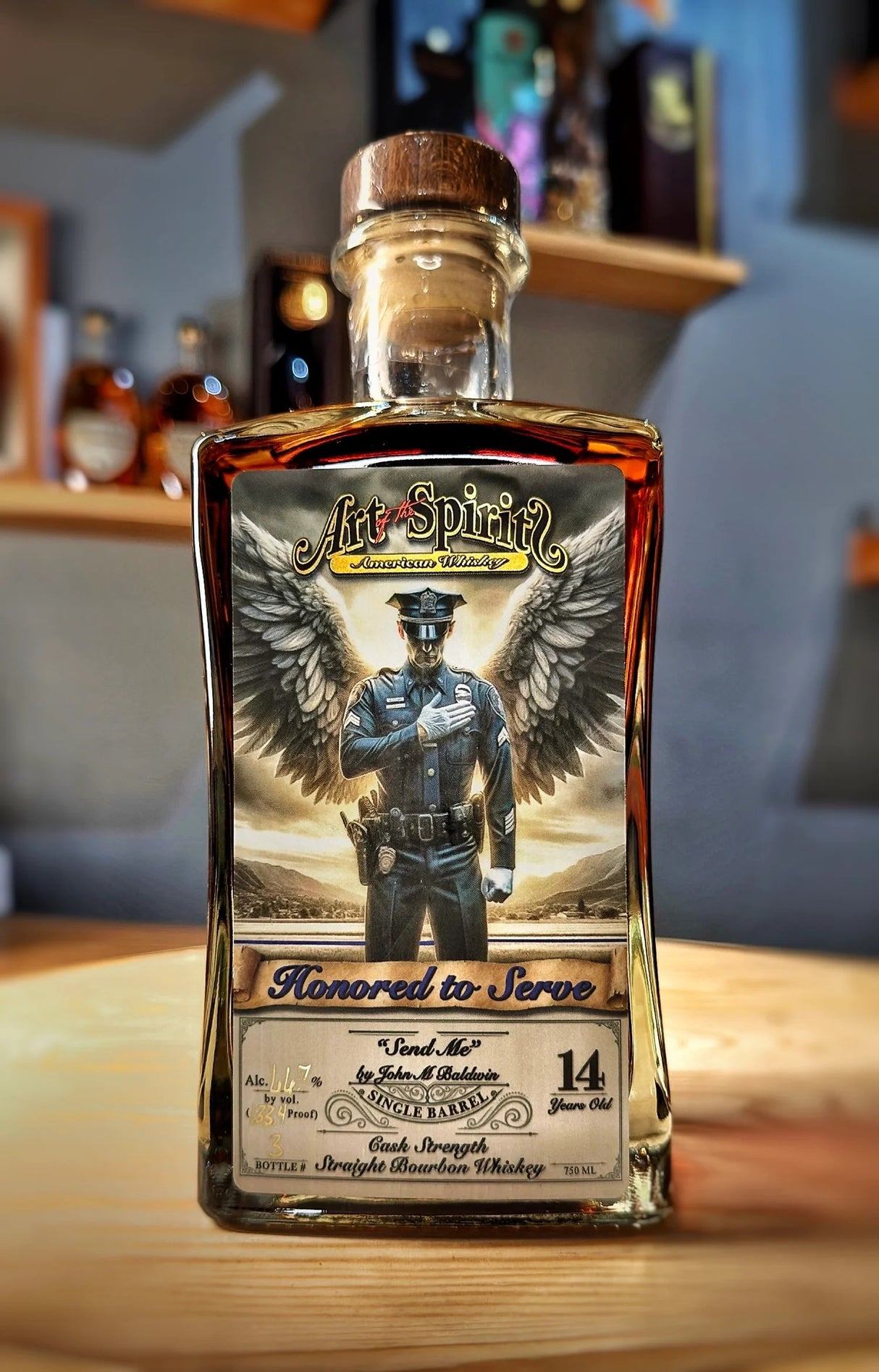Whiskey Art: Capturing the Essence of Distillation in Every Brushstroke
Whiskey Art: Capturing the Essence of Distillation in Every Brushstroke
Blog Article
The Relevance of Whiskey Art in Celebrating Heritage and Craftsmanship in the Beverage Sector
The elaborate partnership in between whiskey art and the party of heritage and craftsmanship within the drink market can not be overstated. With thoughtfully designed tags and bottles, scotch brands envelop their historical origins and the artisanal abilities that specify their manufacturing approaches.
The Historical Roots of Whiskey
At the heart of whiskey's appeal exists a rich tapestry of historic origins that trace back to ancient human beings. The beginnings of scotch can be connected to the distillation methods of the Sumerians and Babylonians around 2000 BCE, where very early kinds of fermented grain drinks started to arise. It was in the Middle Ages that the art of distillation developed considerably, especially in Ireland and Scotland, leading to the development of scotch as we know it today.
The term "bourbon" itself derives from the Gaelic word "uisce beatha," meaning "water of life." This expression emphasizes the cultural importance of bourbon in Celtic societies, where it was frequently connected with routines, parties, and communal bonding. By the 15th century, purification ended up being an identified craft within reclusive communities, leading the means for the facility of legal distilleries.
As trade routes broadened, scotch's appeal expanded, going beyond regional limits and recording the passion of aficionados worldwide. Bourbon Art. This historical journey reflects not only the craftsmanship behind whiskey manufacturing yet additionally its indispensable duty in social and social contexts, noting it as a substantial drink throughout background
Artistic Expression in Branding
Scotch branding stands as an engaging intersection of virtuosity and business, where aesthetic identification plays a critical duty in forming customer understanding. The aesthetics of whiskey tags, packaging, and marketing products mirror not only the brand's story but additionally its core worths and heritage. Via creative expression, distilleries communicate a narrative that reverberates with customers, evoking emotions and sparking connections.
Using shade, typography, and imagery in branding offers to separate items in a saturated market. Standard motifs might stimulate a sense of credibility and craftsmanship, while contemporary designs can indicate development and forward-thinking. This strategic artistic instructions enhances brand name recognition and loyalty, permitting consumers to build a personal connection with the bourbon they choose.
In addition, artistic expression in branding usually works as a party of local heritage. Distilleries often include local symbols or historic referrals right into their designs, developing a sense of place that welcomes customers to partake in a wider social experience. Inevitably, the artistry behind bourbon branding not just enhances visual allure yet also enhances the general story of the brand name, fostering a deeper recognition for the workmanship and heritage embedded in each bottle.
Craftsmanship in Bottle Style
The creativity noticeable in bourbon branding extends beyond visual identity to include the workmanship associated with container layout. Each container acts as a vessel not simply for the spirit within, yet additionally for the tale it outlines its top quality, practice, and beginning. The layout procedure needs precise interest to detail, as elements such as form, closure, and product add dramatically to the total understanding of the scotch.
Craftsmanship in container style includes selecting top quality glass that can boost the scotch's color and clarity, while additionally giving a responsive experience for the consumer. The shape of the container should be both functional and aesthetically attractive, typically reflecting the heritage of the brand name. Lots of distilleries go with unique forms or embossed logo designs that evoke a sense of authenticity and background.
Furthermore, the tag style and typography play an important role in connecting the brand's story. Limited Edition. A well-crafted bottle not just mesmerizes the consumer's eye however also reinforces the brand's dedication to high check that quality and practice. This way, the workmanship of bottle style becomes a crucial aspect of the scotch experience, combining creativity with an extensive respect for heritage
Social Significance of Scotch Art
Commemorating tradition and workmanship, the cultural significance of bourbon art transcends plain visual appeals, linking with the social and historical stories of the areas where it stems. Each bottle serves as a canvas, showing the distinct stories, folklore, and traditions that have formed neighborhood whiskey-making practices. The detailed styles often show the heritage of the distillers, including icons and motifs that resonate with the society and worths of their communities.

In enhancement, whiskey art plays an essential function in public gatherings and parties, acting as a concrete web link between individuals and their shared experiences. By valuing the artistry in scotch product packaging, consumers cultivate a much deeper understanding and respect for the craft, eventually improving their enjoyment of the beverage itself.
Modern Trends in Bourbon Discussion
Over the last few years, the discussion of bourbon has developed to show modern preferences and fads while still recognizing traditional craftsmanship - Limited Edition. Distilleries are significantly focusing on aesthetic aspects that improve the overall drinking experience, connecting the void in between heritage and modernity
Innovative bottle styles have actually arised, commonly incorporating sustainable materials and creative labels that inform engaging tales. Several brand names currently collaborate with local artists, infusing their items with one-of-a-kind visual expressions that resonate with consumers. In addition, limited-edition launches are frequently packaged in collectible containers, adding value and appeal for connoisseurs.

Verdict
Finally, scotch art functions as a vital conduit for revealing the heritage and workmanship integral in the beverage industry. With complex branding, cutting-edge container layouts, and culturally significant artistic elements, scotch brands successfully recognize their practices and get in touch with customers. This imaginative story not just boosts the appreciation of whiskey but also enhances community identification and pride among manufacturers. Inevitably, scotch art plays a vital function in preserving and celebrating the abundant cultural tapestry of whiskey-making.


Craftsmanship in container style entails choosing high-quality glass that can enhance the whiskey's shade and quality, while additionally supplying a tactile experience for the customer. In this means, the craftsmanship of container style ends up Learn More Here being an important aspect of the scotch experience, merging virtuosity with an extensive respect for heritage.
In verdict, scotch art serves as a crucial conduit for sharing the heritage and craftsmanship inherent in the drink industry.
Report this page